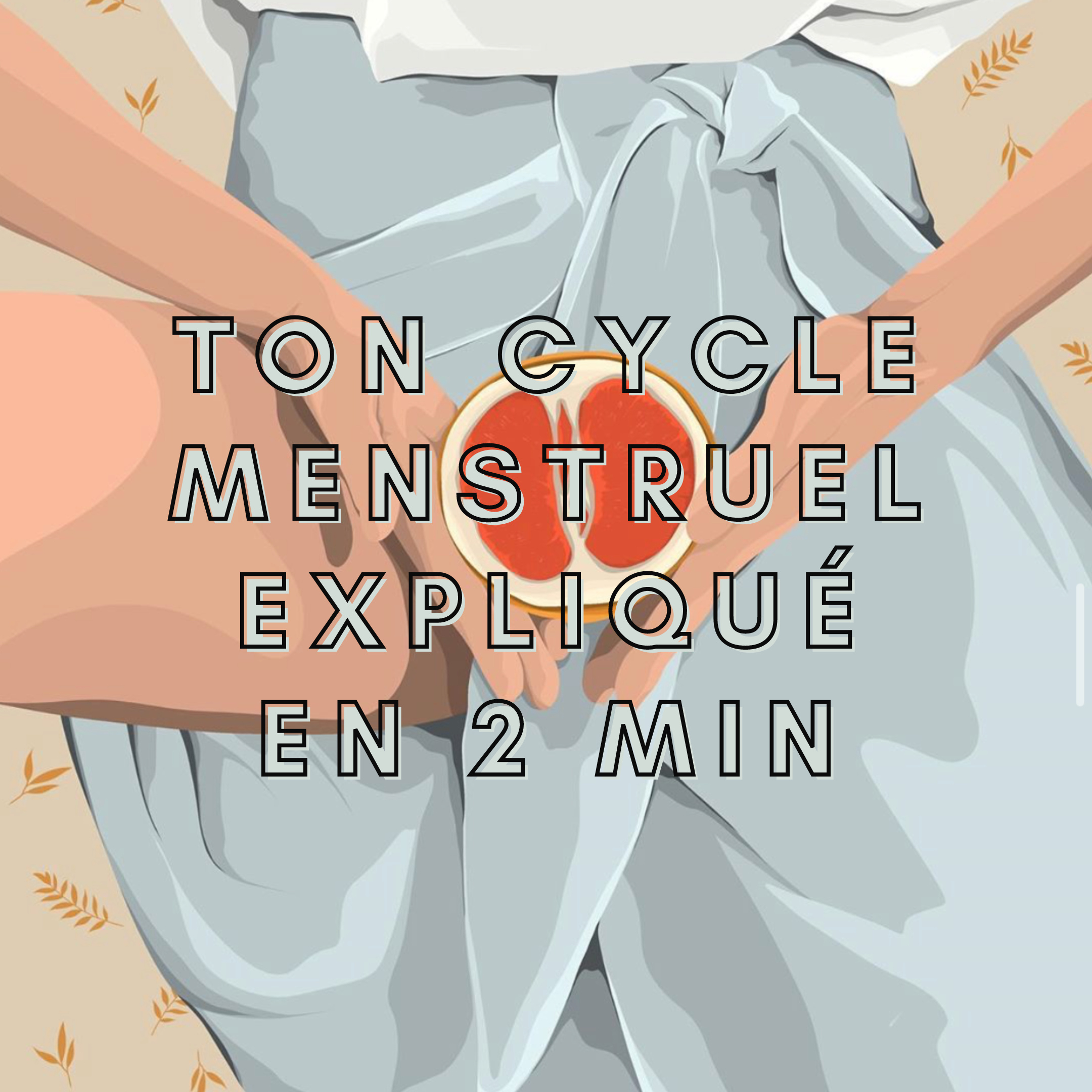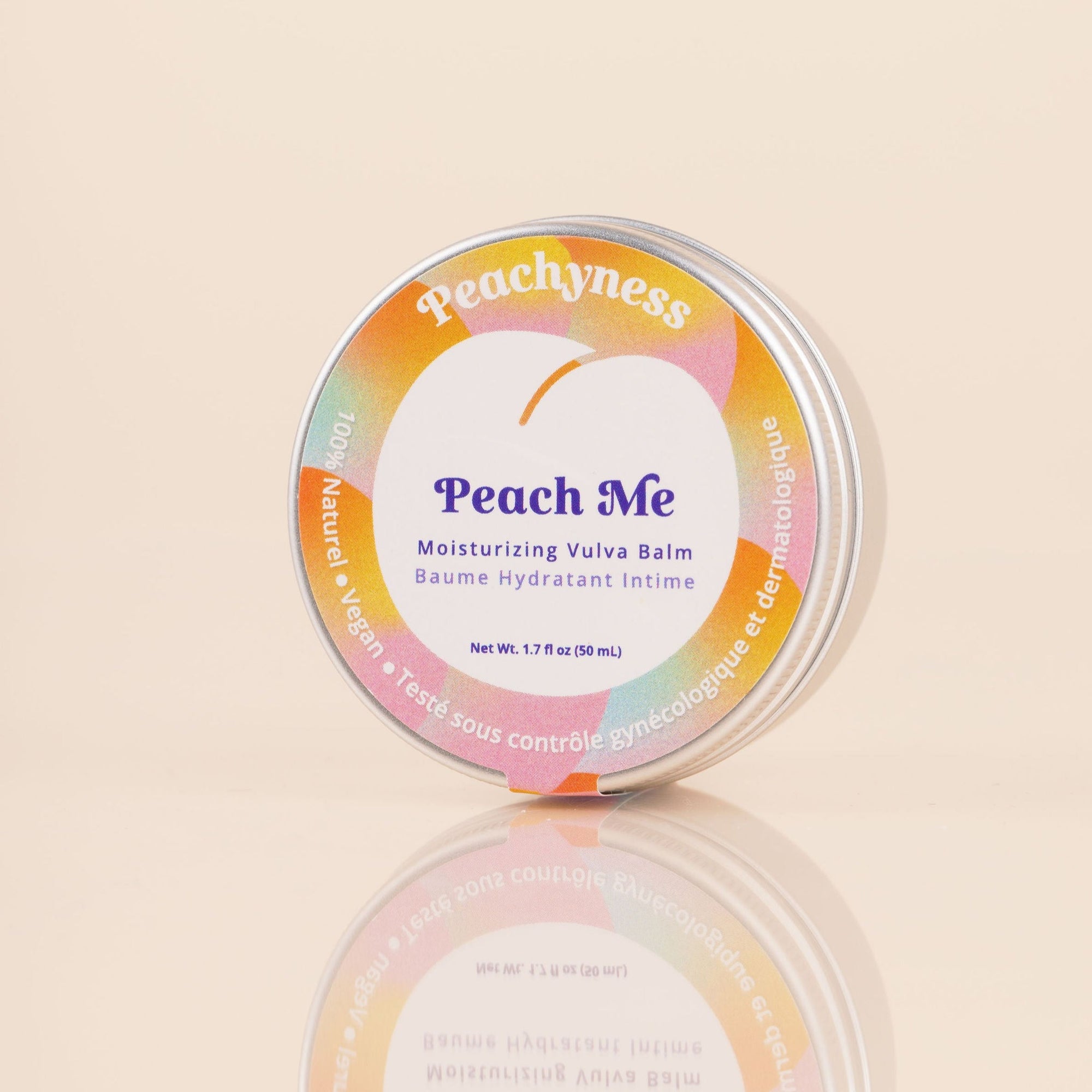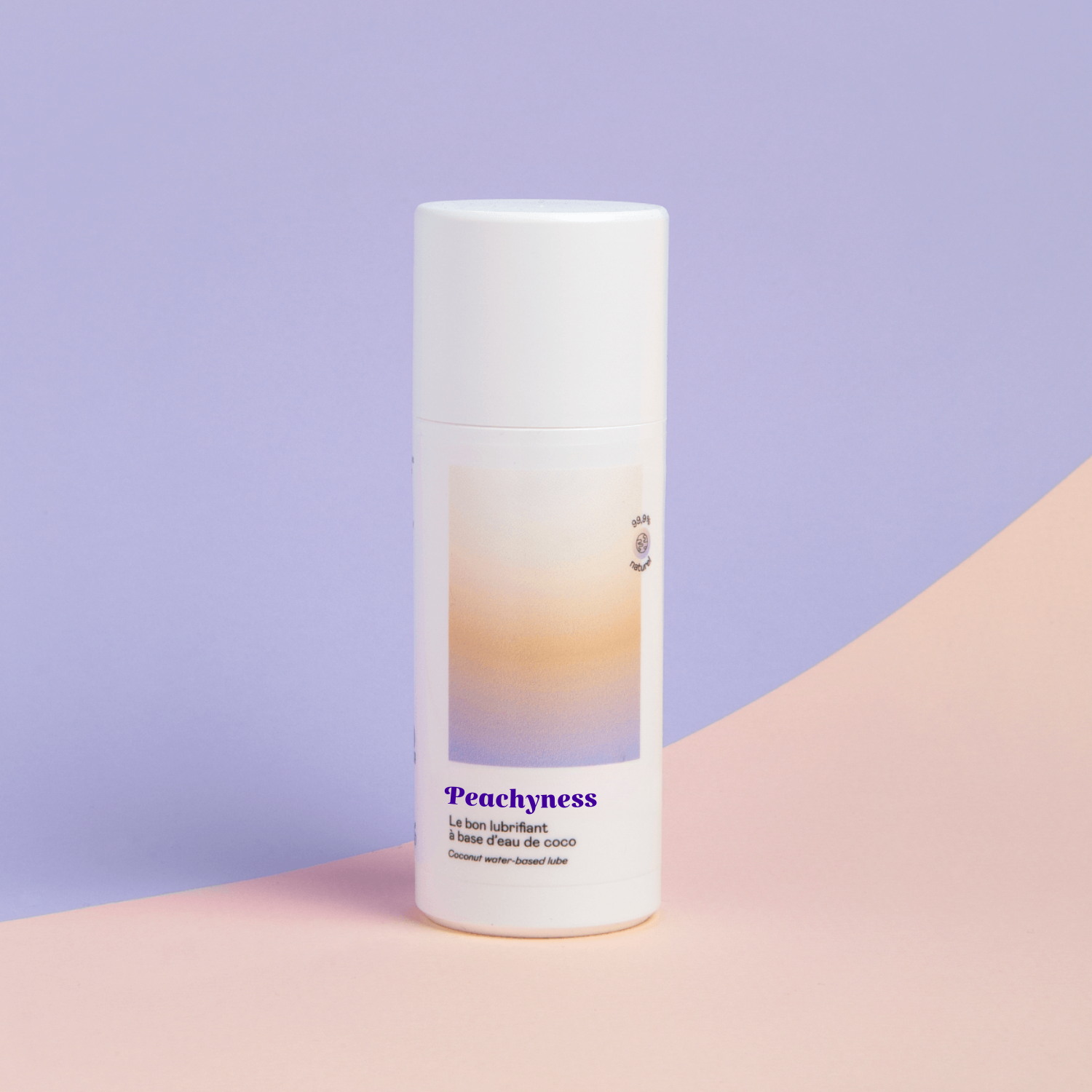
The Menstrual Cycle - Explained in 2 min!
We know, it's not always easy to understand our cycle. When you ovulate, when you bleed, how long does it last...?
The menstrual cycle is the physiological process that occurs in women of reproductive age, usually between puberty and menopause. This regular process is divided into several phases that last an average of 28 days, although this may vary from woman to woman.
We know, it's not always easy to understand our cycle. When you ovulate, when you bleed, how long does it last...?
🎵 We tell you everything, everything, everything about the cycle, the big one, the little one...🎵
And if you want to share with us anecdotes from your cycle, go ahead, we're all in, to make the theory more fun and realistic.

The Menstrual Cycle, what is it?
The menstrual cycle is the physiological process that occurs in women of reproductive age, usually between puberty and menopause. This regular process is divided into several phases that last an average of 28 days, although this may vary from woman to woman.
The menstrual cycle takes place in 2 places:
- The ovaries: They release the ovules (eggs) halfway through the cycle.
- The uterus: It prepares to accommodate the ovary to help it be fertilized
Indeed, the menstrual cycle includes a series of events preparing the body for a possible pregnancy.
The menstrual cycle usually lasts 28 days, but can vary between 21 and 35 days in some women.
It begins on the first day of menstruation and ends the day before the first day of the next period.
The phases of the menstrual cycle

1. The follicular phase
The first phase of the menstrual cycle is called the follicular phase. It starts on the first day of menstruation and lasts about two weeks ( 10-12 days, but can vary from cycle to cycle).
We explain to you what happens in the ovaries and uterus.
Ovaries:
During this period, the body releases follicle-stimulating hormones (FSH) which stimulate the ovaries to produce follicles each containing 1 egg. When your period ends, the largest (dominant) follicle prepares to be released for the day of ovulation. It produces estrogen as it grows, the peak of which occurs just before the day of ovulation (see the curve in the diagram above, in orange)
Estrogen levels also increase, which thickens the lining of the uterus in preparation for pregnancy.
Uterus :
In the womb, the follicular phase is divided into 2 stages:
-
Menstruation (Days 5-6), during which the uterus sheds its lining = your period = blood.
-
The proliferative phase (Days 7 to 14), the uterus uses the estrogen produced by the follicle to rebuild its lining. It creates a place where a fertilized ovary can implant and develop into a fetus and then a baby.
2. Ovulation
In the middle of the cycle (14th day on average), the ovary releases the egg. Only one follicle/egg will be released per cycle.
Ovulation lasts only 1 day!
As the dominant follicle produces more estrogen as it grows, it triggers, at its peak, another hormone: luteinizing hormone (LH). She is responsible for the reproductive system. When it reaches its peak, it triggers ovulation = the release of the egg.
During ovulation, one of the mature follicles releases an egg into the fallopian tube, where it can be fertilized by sperm. Estrogen levels decrease at this stage and progesterone levels (in purple in the diagram above) increase.
Ovulation usually occurs about 13 to 15 days before the start of the next period.
3. The luteal phase
The third phase is called the luteal phase. It begins the day after ovulation and lasts about two weeks.
If an egg is fertilized, progesterone supports pregnancy.
OVARIES
Once ovulation is complete, the follicle that contained the egg transforms and produces a hormone called luteinizing hormone (LH) to trigger the formation of progesterone and estrogen.
These hormonal changes are called premenstrual symptoms (PMS). They are responsible for mood swings, headaches, acne, bloating, breast pain...
If you're looking for a solution to help you live better with your PMS, you can look at OUITY's PMS and Period Pain Gummies .
UTERUS
The lining of the uterus releases or secretes chemicals that will either help an early pregnancy to attach if an egg has been fertilized, or cause the lining to fall apart and fall off if no egg has been fertilized.
Indeed, if no fertilization occurs, 9 to 11 days after ovulation, progesterone levels decrease, which causes the lining of the uterus to disintegrate. Cramps caused by these hormones help trigger menstruation.
In sum, the rules = a new cycle!
It is important to note that the length and regularity of the cycle can vary from woman to woman and can be influenced by various factors such as overall health, stress and hormonal changes.



